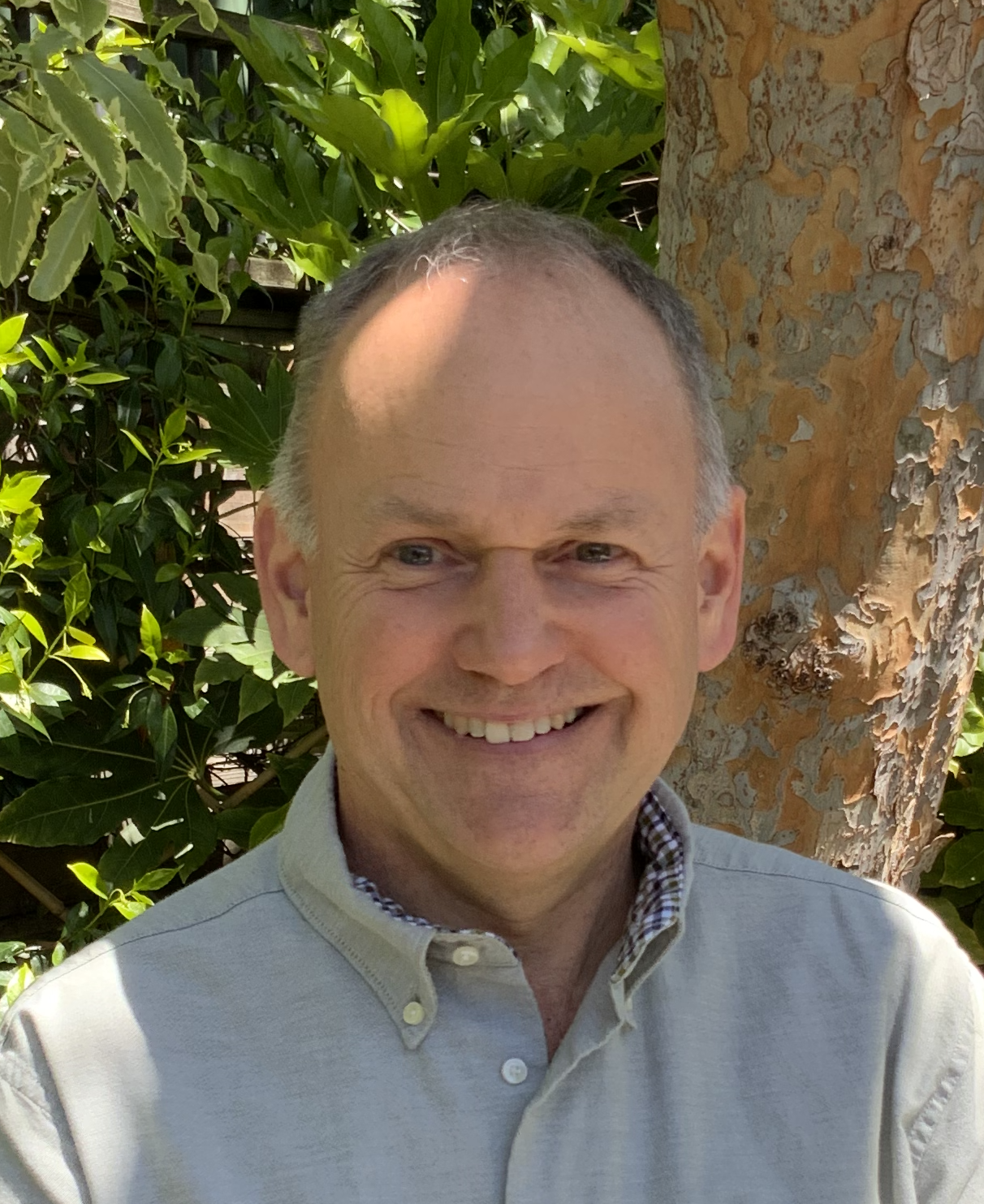

Bruno grew up in Huntington Beach, in Southern California. As a child he was fascinated by trains and wanted to become a train engineer. He loved to tinker and build things. Growing up, he was particularly inspired by his father, who was an aeronautical engineer and would frequently talk through various engineering concepts with Bruno on the blackboard they had at home.
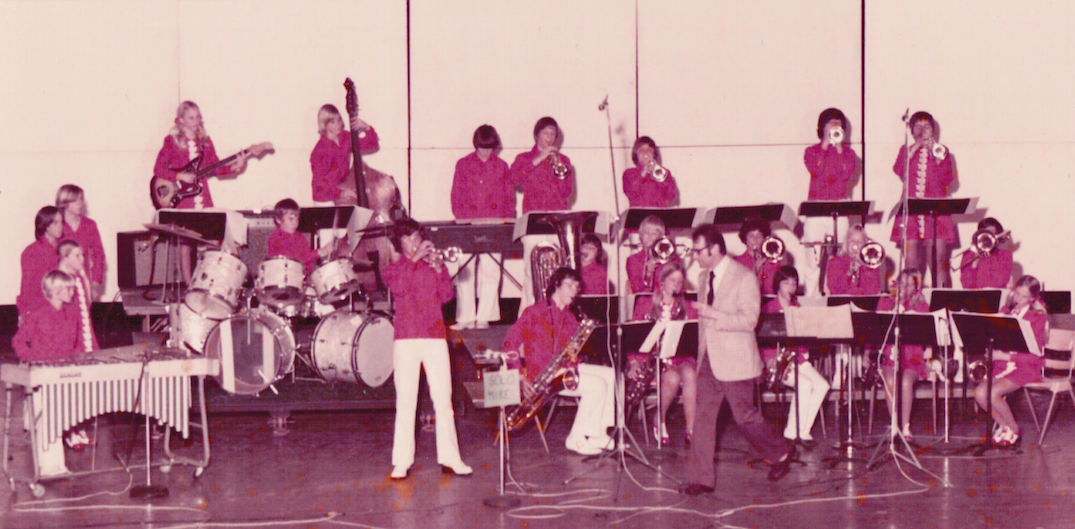
When Bruno was in 7th grade, NASA launched the Viking project where a pair of American spacecraft were sent to Mars. This historic event piqued Bruno’s interest in robotics and autonomous systems. He wondered how it was possible for an autonomous system to figure out what to do, and how to ensure that it’s behavior was robust. How could one go about putting a perceptual system on a robot (sonar, camera)that would allow it to navigate autonomously? Though some time has passed since the Viking project, this remains a challenging problem that inspires Bruno in his scientific career to this day.
Bruno attended Stanford for his undergraduate studies and majored in electrical engineering where he learned about artificial intelligence (AI). Initially, he did not find the computer science approach to AI very appealing. However, in his final year of college he met Bernard Woodrow, a pioneer of the neural network approach. After this pivotal encounter, he became fascinated with neural systems and their capabilities. After graduating, Bruno wanted to work with Pentti Kanerva’s Sparse Distributed Memory group at NASA Ames Research Center. Nowadays, graduate students shiver at the thought of cold-emailing professors, but Bruno had to call Pentti out of the blue to ask if he could work with his group since e-mail was not quite what it is today. Bruno worked for several years with Kanerva’s group, studying models of visual pattern recognition. It was here that he began seriously thinking about bridging the gap between biology and engineering.
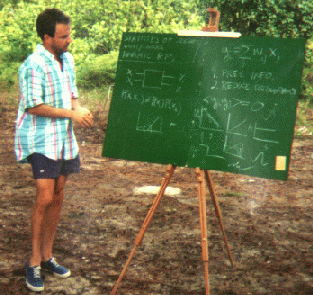
Bruno applied to do a PhD at Stanford, but did not get into the program. He felt intimidated by the researchers around him -- his grades were unimpressive and he didn’t feel he had an aptitude for math. While this was initially discouraging, Bruno persevered, mostly he says, because the discipline “was still very interesting to me, I wanted to do this [work] somehow or another”. He found more success applying to Caltech's Computation and Neural Systems' graduate program in 1989, which he eventually attended. However, all beginnings are difficult, and Bruno struggled with imposter syndrome during his first couple of months at Caltech. “I was seriously convinced that they were going to call me any day and tell me that they made a horrible mistake in admitting me to the program, and that I would have to leave. Not kidding.”
Bruno was advised by David Van Essen and Charles Anderson, who were doing pioneering studies and computational modeling of the visual cortex. He also met Gilles Laurent, who invited Bruno to join a project where they recorded from neurons in the brain of a jumping spider for the first time. After only an hour of inserting an electrode and fiddling with the amplifier, Laurent successfully recorded spiking activity from a neuron in the spider’s brain. “I’ve never seen anything like it”, he says, “I was blown away”.
Despite being an interdisciplinary graduate program, Bruno felt that there was still a tension between biology and engineering. At the end of his PhD, Bruno moved with Van Essen’s lab to Washington University in St. Louis. Since he was mainly stationed in the medical school, he was forced to explain his engineering results to research scientists who were much more concerned with biology than computational models. “It forced me to communicate more directly as a neuroscientist and brought me into the world of neurobiology”, he says.
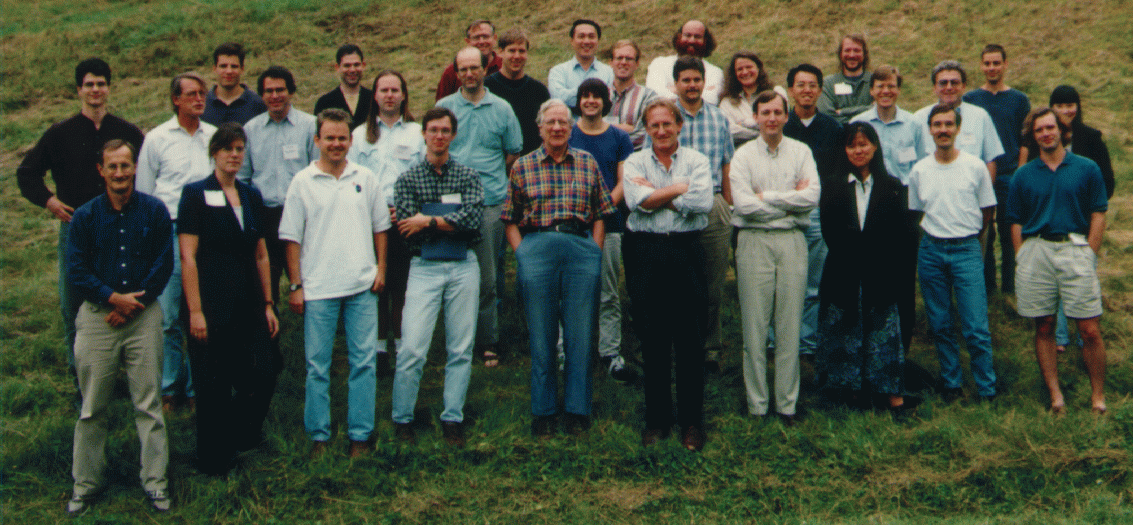
After graduating, Bruno did a postdoc with David Field at Cornell, where he worked on theories of sensory coding and statistics of natural images. During his postdoc at Cornell, Bruno also applied for several faculty positions. His top choice was UC Davis, partly because he was hoping to come back to California. After UC Davis initially turned him down, Bruno decided to do a second postdoc at MIT. “I was going to wait till the right thing came along”, he says. It was while he was at MIT that UC Davis called him back and offered him the position that he had wanted.
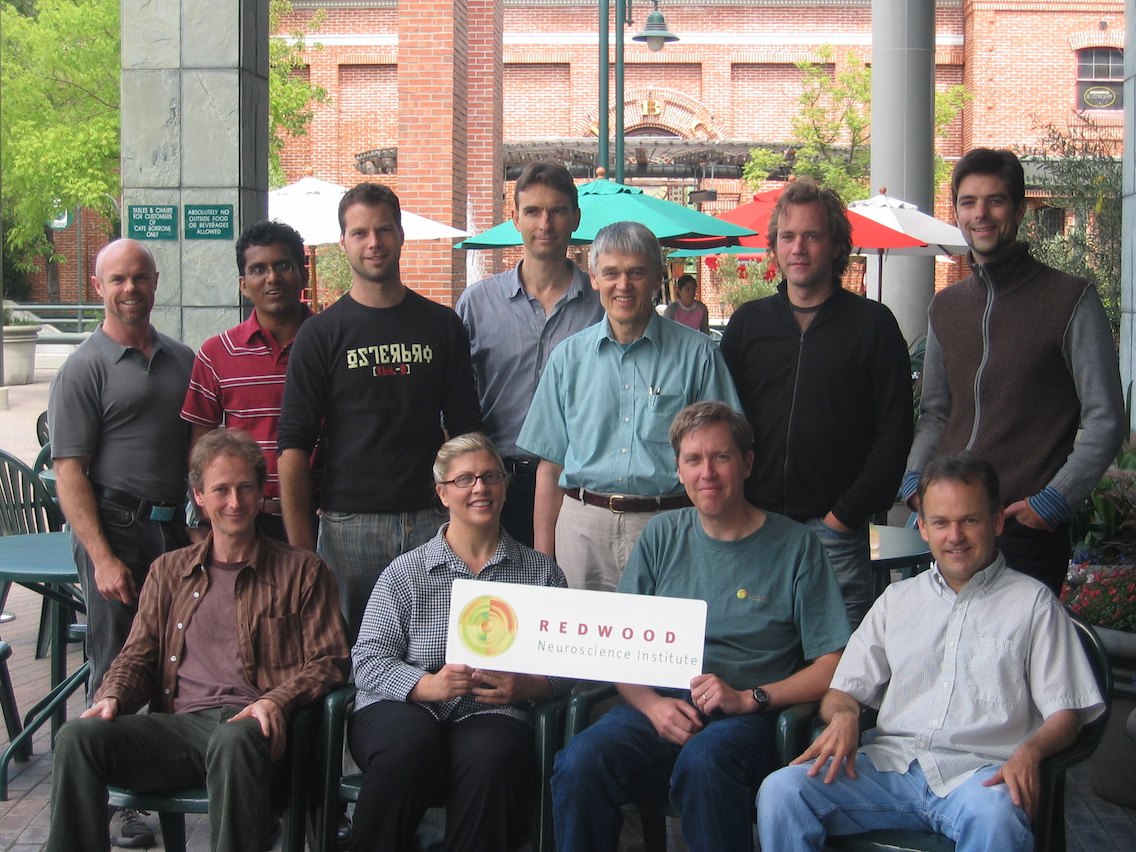
In his spare time, Bruno likes to hike and play piano. He also enjoys sailing in San Francisco bay. He encourages early career scientists and graduate students to stay focused on what they are passionate about. He cautions that while academia can be a judgemental place, where people often tell you no, it is important not to get discouraged by this negative feedback. “Our brains are capable of duping us into believing pretty stupid things sometimes”, he says about impostor syndrome, “You have to learn to ignore them, to continue what you love doing and to work hard at it.”